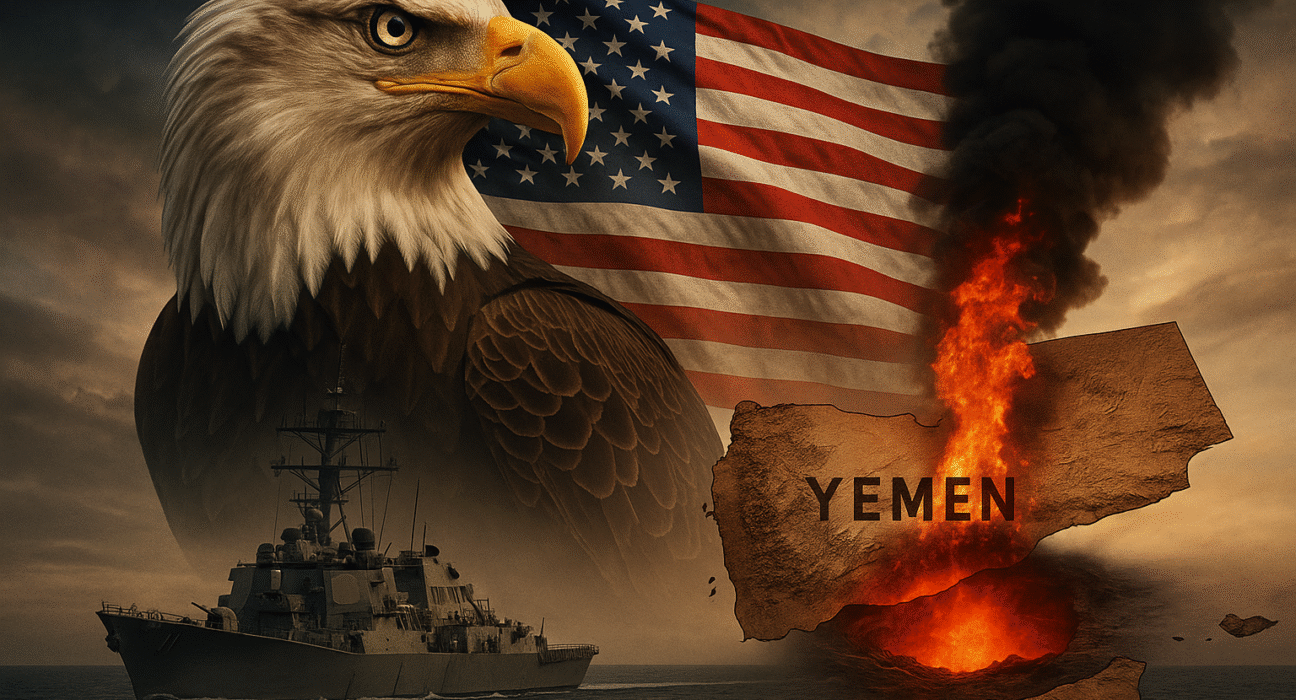By Amb. Dr. Mohamed Qubaty
What is unfolding today across the Middle East is not the calm after Gaza, but the re-emergence of competing security architectures — a tangled web where trade routes and power balances intersect. From the Red Sea to the Levant, the region faces a defining moment: either it drifts into a prolonged geopolitical conflict that threatens global shipping and regional stability, or it succeeds in crafting a just and comprehensive peace rooted in national will and regional balance.
A Region Reordering Itself
The lull that followed the Gaza war is deceptive. It signals not stability but a prelude to a new phase of realignment. Great powers — from Washington to Tehran — are repositioning around the Red Sea and the Arabian Sea as strategic axes of influence. Iran’s expanding reach through its proxies in Yemen and Lebanon is redrawing the region’s security contours and reshaping the global trade map.
Bab al-Mandab: The World’s Maritime Fault Line
Control over Bab al-Mandab is no longer a Yemeni or even a regional issue — it is a global one. The Houthi militia, serving Iran’s broader deterrence strategy, has turned the southern Red Sea into a pressure point in Tehran’s confrontation with the West.
Amid rising threats to commercial shipping, Yemen used the platform of the 80th United Nations General Assembly to call for an international coalition to secure Red Sea navigation — a diplomatic initiative underscoring how freedom of navigation has become central to the global economic order.
Yet Washington remains hesitant to move beyond limited strikes and embrace a coherent strategy that combines military deterrence with robust political backing for Yemen’s legitimate forces. This indecision has prolonged instability, allowing the Red Sea to become both a bargaining chip and a battlefield.
From Divergent Allies to a Unified Strategy
A central weakness lies in the absence of alignment among the very partners who share an interest in Red Sea stability. The United States and the United Kingdom must play a serious and sustained role in harmonizing the objectives of Saudi Arabia and the UAE inside Yemen. Unless this axis is recalibrated, the anti-Houthi front will remain fragmented, and the legitimate government will continue to struggle to translate diplomatic sympathy into operational strength.
Once Riyadh and Abu Dhabi are strategically synchronized, the wider Quartet — Saudi Arabia, the UAE, the U.S., and the U.K. — must assume a deliberate role in ironing out the incoherences that prevent Yemen’s internationally recognized government from acting as the effective partner capable of providing boots on the ground. Air and naval campaigns, no matter how precise, cannot substitute for a unified Yemeni military effort advancing under a coherent Arab-Western umbrella.
Between a Settlement and an Elusive Peace
Between diplomacy’s evasions and the mirage of peace, Yemen stands at a perilous crossroads. Talk of “peace in Yemen” has become more rhetorical than real. The legitimate government remains fragmented; coalition priorities are misaligned; and the Quartet has yet to articulate a unified roadmap. The so-called “truce” risks mutating into an indefinite stalemate — a managed limbo rather than a sustainable state-building process.
A Missed Opportunity — or a Strategic Pivot?
Any serious attempt to contain Iran’s regional project must elevate Yemen’s legitimate armed forces from the periphery to the core of the strategy. Yemen’s geography — anchored by Bab al-Mandab — is pivotal to Arab and global maritime security. A coordinated Arab-Yemeni approach, endorsed and enabled by Washington and London, could redefine the Red Sea as a corridor of cooperation rather than confrontation.
Only through such alignment can the armed forces of Yemen’s internationally recognized government — backed by their Arab brothers and international partners — break the Houthi claw, thwart Tehran’s design to dominate one of the world’s most strategic waterways, and reopen the horizon for a free and stable Yemeni state.
Conclusion: Between Land and Sea, the Fate of Peace Is Decided
The region now stands at a crossroads: either a genuine, unified international campaign that restores balance and neutralizes the Houthi-Iranian threat in vital waterways, or an accelerating militarization that turns the Red Sea into an open arena for global rivalry.
At UNGA 80, Yemen’s voice was clear — a call not for war but for collective responsibility. Yet that responsibility requires action. Absent coherent Arab vision and Western resolve, Yemen remains in the eye of the storm — a nation still searching for itself amid a maze of lost settlements and elusive peace, where geography, politics, and destiny converge.

